How to Defrost the Samsung Ice Maker Model RF28R7351SG? Step-by-Step
We may earn affiliate fees for purchases using our links (at no additional cost to you).
Looking for a hassle-free way to defrost your Samsung Ice Maker Model RF28R7351S
Say goodbye to the frustration of dealing with ice buildup. In this article, we’ll guide you through the simple steps to defrost your ice maker and keep it running smoothly.
Don’t let frozen cubes slow you down – discover the effective techniques to thaw your Samsung ice maker and ensure a continuous supply of ice for your beverages.
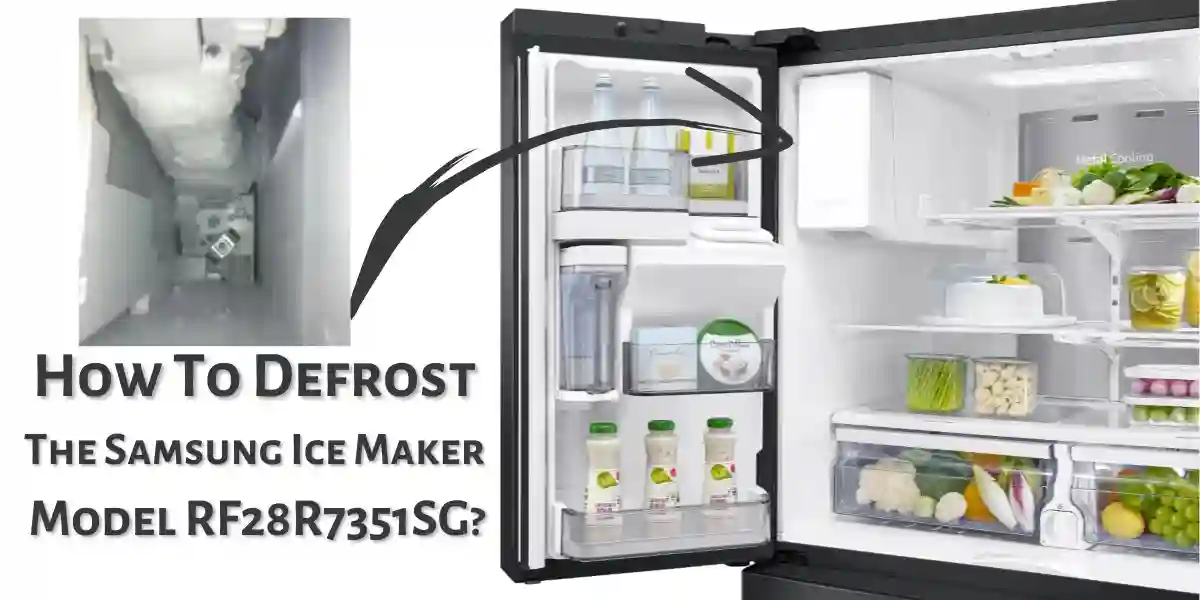
How to Defrost the Samsung Ice Maker Model RF28R7351SG?
By following these steps, you can effectively defrost your Samsung Ice Maker Model RF28R7351SG:
Step 1: Gather the necessary supplies
To begin the defrosting process, ensure you have the following items ready: a towel, a shallow pan, warm water, and a sponge or soft cloth.
Step 2: Turn off the ice maker
Locate the power switch or the control panel on your Samsung Ice Maker Model RF28R7351SG and switch it off.
This will prevent the ice maker from continuing to make ice during the defrosting process.
Step 3: Empty the ice bin
Remove the ice bin from the ice maker and empty it into a sink or separate container. Discard any remaining ice cubes or debris.
Step 4: Remove the ice maker unit
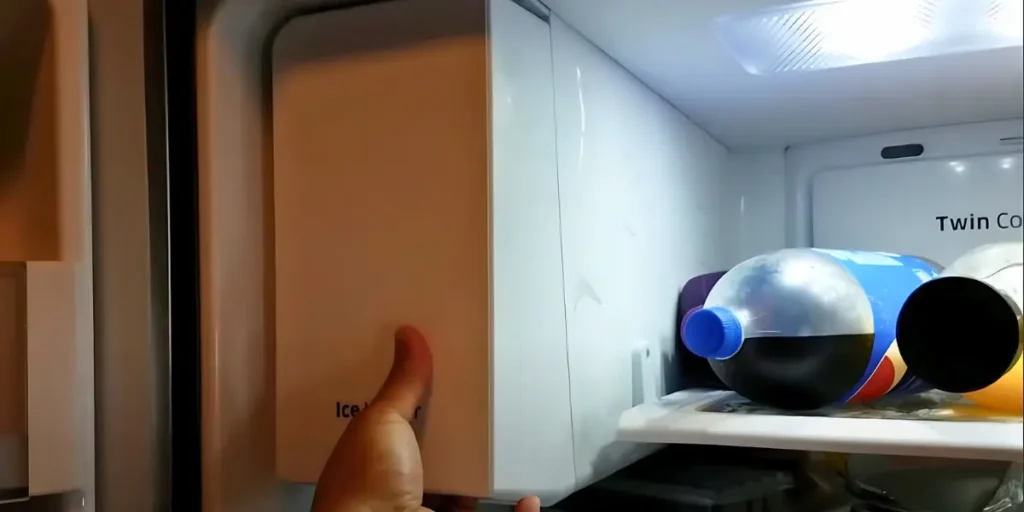
Carefully detach the ice maker unit from the freezer compartment. Refer to your Samsung Ice Maker Model RF28R7351SG’s user manual for specific instructions on how to remove the ice maker.
Step 5: Defrost the ice maker unit
Place the ice maker unit in a shallow pan filled with warm water. Allow the unit to soak for approximately 10-15 minutes, or until any ice buildup has melted away.
Gently wipe the unit with a sponge or soft cloth to remove any remaining ice or moisture.
Step 6: Clean the ice maker unit
Using a mild detergent or cleaner, carefully clean the ice maker unit to remove any dirt or residue that may have accumulated. Rinse thoroughly and dry the unit before reinstallation.
Step 7: Reinstall the ice maker unit
Once the ice maker unit is clean and dry, carefully reinstall it back into the freezer compartment. Ensure it is securely attached and properly aligned.
Step 8: Turn on the ice maker
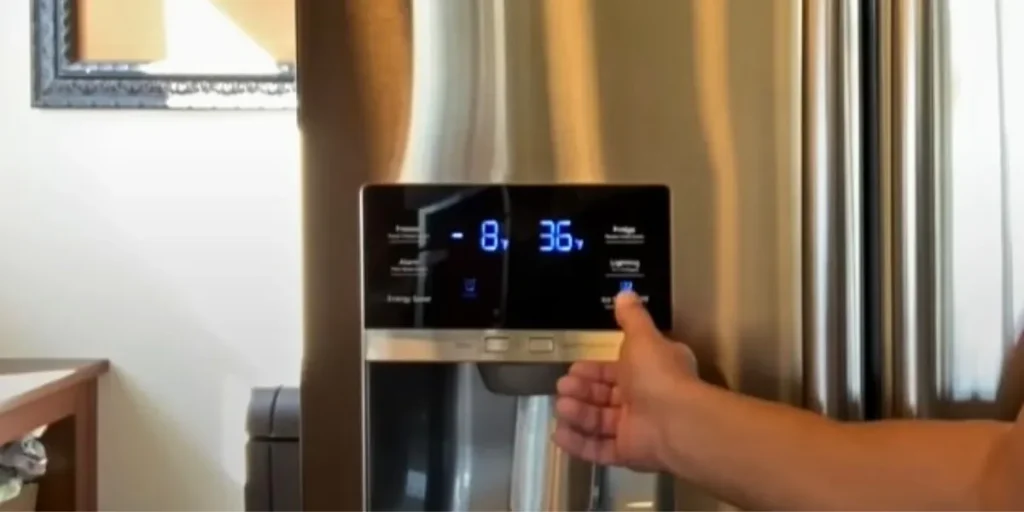
Switch on the power to your Samsung Ice Maker Model RF28R7351SG, activating the ice-making process once again.
Allow the ice maker to cycle and produce a fresh batch of ice cubes.
Factors that Influence Ice Buildup in the Samsung Ice Maker
1. Ambient Temperature
The ambient temperature in your kitchen or the location where the Samsung Ice Maker is installed can affect ice buildup.
Higher temperatures can lead to increased condensation, which can then freeze and contribute to ice accumulation in the ice maker.
Ensure that the surrounding area is properly ventilated and kept at an appropriate temperature to minimize ice buildup.
2. Air Circulation
Proper air circulation is crucial in preventing ice buildup. Inadequate airflow around the ice maker can create pockets of stagnant air, leading to moisture accumulation and subsequent ice formation.
Keep the area around the ice maker clear of obstructions, allowing for unrestricted airflow and minimizing the chances of ice buildup.
3. Water Quality
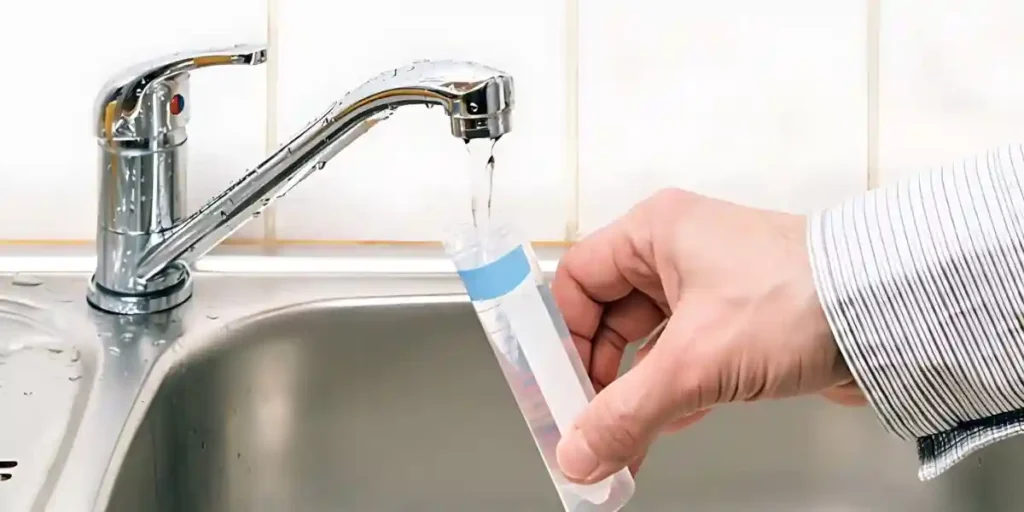
The quality of the water used in the ice maker can influence ice buildup. Hard water, which contains higher mineral content, is more prone to forming mineral deposits and scales, leading to increased ice accumulation.
Consider using filtered or softened water to minimize mineral buildup and reduce the likelihood of ice formation.
4. Frequency of Ice Usage
The frequency of ice usage can also impact ice buildup in the Samsung Ice Maker.
If the ice maker is used infrequently, the ice cubes may sit for extended periods, allowing time for ice to accumulate.
Regularly using the ice and keeping it in rotation can help prevent excessive ice buildup and ensure a fresh supply of ice cubes.
5. Maintenance and Cleaning
Proper maintenance and cleaning practices play a significant role in preventing ice buildup.
Neglecting regular cleaning can result in the accumulation of debris, mineral deposits, and other contaminants that contribute to ice formation.
Follow the manufacturer’s guidelines for cleaning and maintenance, including regular defrosting, to keep the ice maker clean and minimize ice buildup.
6. Correct Installation
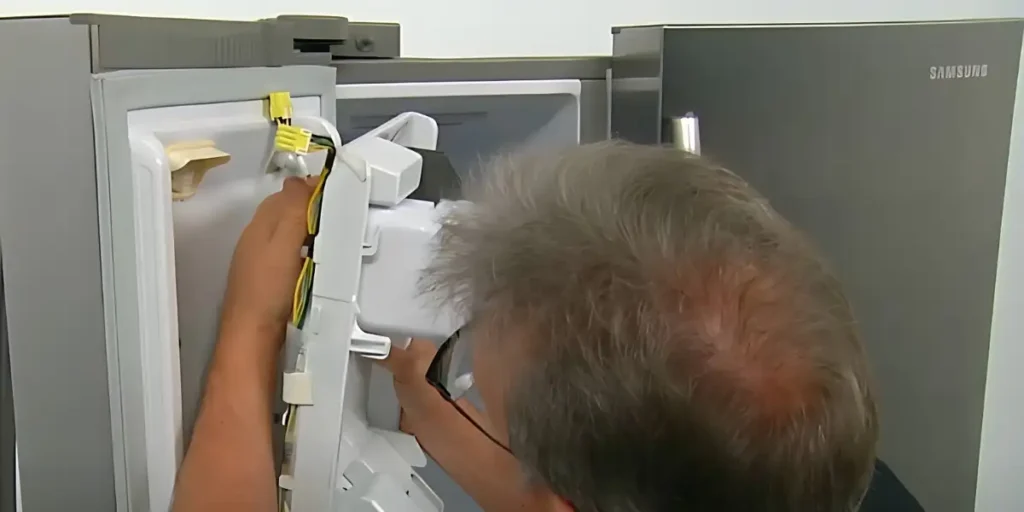
Ensuring the correct installation of the Samsung Ice Maker is essential for preventing ice buildup.
Improper installation can lead to issues such as poor insulation or improper drainage, which can promote ice formation.
If you suspect installation issues, consult the user manual or contact a professional for assistance to address any potential factors that may contribute to ice buildup.
Benefits of Regularly Defrosting Your Samsung Ice Maker
1. Efficient Ice Production
Regularly defrosting your Samsung Ice Maker ensures optimal ice production. Ice buildup can restrict the flow of water and hinder the ice-making process.
By removing accumulated ice, you allow the ice maker to function at its best, producing ice cubes more efficiently and in larger quantities.
2. Enhanced Ice Quality
When ice builds up in the ice maker, it can affect the quality of the ice cubes.
Accumulated ice may contain impurities or freezer odors, resulting in ice cubes that are less pure and have an unpleasant taste or smell.
By defrosting your ice maker regularly, you maintain the quality of the ice, ensuring it is clean, fresh, and free from any unwanted flavors or odors.
3. Prevents Ice Clogging
Ice buildup can lead to clogging issues within the ice maker. Excessive ice can block the ice maker’s mechanisms and disrupt the ice production process.
Regular defrosting helps prevent ice from forming clumps or obstructing the ice maker’s components, ensuring smooth operation and preventing potential breakdowns.
4. Longer Lifespan
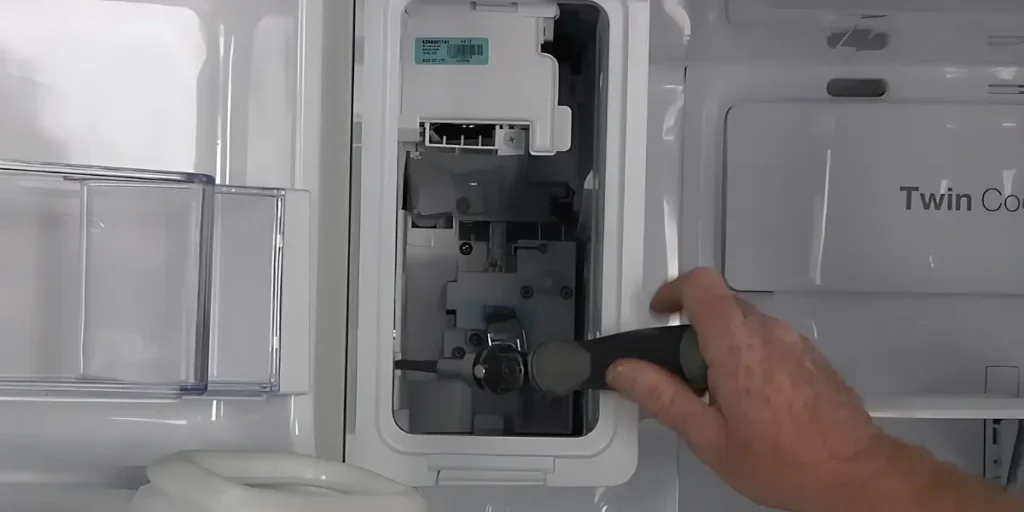
Proper maintenance, including regular defrosting, can prolong the lifespan of your Samsung Ice Maker.
Ice buildup can cause strain on the ice maker’s motor and components, potentially leading to premature wear and tear.
By removing ice accumulation, you reduce the risk of damage and extend the overall lifespan of the appliance.
5. Energy Efficiency
A clean and defrosted ice maker operates more efficiently, consuming less energy.
Ice buildup forces the ice maker to work harder to produce ice, resulting in increased energy consumption.
By regularly defrosting your ice maker, you optimize its energy efficiency, helping to reduce electricity usage and lower your energy bills.
6. Prevents Leaks and Water Damage
When ice accumulates and clogs the ice maker, it can cause water leakage and potential water damage.
The excess ice can block drainage pathways, leading to water overflowing or seeping into other areas of the appliance.
Regular defrosting prevents such issues, keeping your ice maker functioning properly and preventing costly water damage repairs.
7. Easy Maintenance
Regular defrosting is a simple maintenance task that can be easily incorporated into your routine.
It helps you stay proactive in taking care of your Samsung Ice Maker and prevents the need for more extensive repairs or maintenance in the future.
By dedicating a small amount of time to defrosting, you ensure the continued smooth operation of your ice maker.
How to Prevent Ice Buildup in Your Samsung Ice Maker?
By following these maintenance tips, you can prevent ice buildup in your Samsung Ice Maker and enjoy a continuous supply of ice cubes:
Step 1: Regular Cleaning
Regular cleaning is crucial to prevent ice buildup in your Samsung Ice Maker. Start by disconnecting the power and removing the ice bin.
Thoroughly clean the ice bin with warm water and mild detergent, ensuring you remove any residue or debris.
Use a soft cloth or sponge to wipe down the interior of the ice maker, paying attention to areas prone to ice accumulation.
Rinse with clean water and dry the components completely before reassembling.
Step 2: Check the Water Supply
Inspect the water supply line connected to your Samsung Ice Maker. Look for any leaks, kinks, or blockages that may impede proper water flow.
Ensure the water supply valve is fully open to provide an adequate supply of water for ice production.
If you notice any issues, address them promptly to prevent interruptions in the ice-making process and potential ice buildup.
Step 3: Verify Proper Temperature Settings
Ensure that your Samsung Ice Maker is set to the correct temperature. Refer to the user manual for specific temperature recommendations.
Maintaining the appropriate temperature setting will help prevent excessive condensation and ice formation within the ice maker.
Step 4: Clear Ice Dispenser Chute
Ice can accumulate in the dispenser chute over time, leading to blockages and ice buildup.
Periodically check the ice dispenser chute and remove any obstructions or clumps of ice.
Use a soft brush or toothbrush to gently clean the chute and ensure smooth ice dispensing.
Step 5: Monitor Ice Usage
Regularly using the ice cubes from your Samsung Ice Maker helps prevent ice buildup.
The more frequently you use the ice, the less time it has to sit and accumulate within the ice maker.
Ensure that you rotate the ice cubes and avoid letting them sit for extended periods to maintain a fresh supply of ice and minimize ice buildup.
Step 6: Keep the Freezer Organized
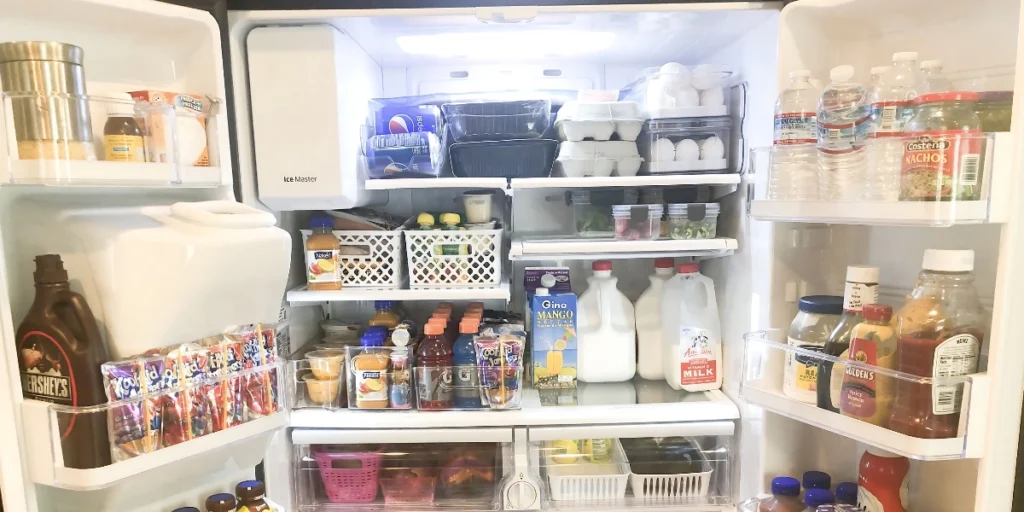
Maintaining an organized freezer can contribute to preventing ice buildup in the ice maker.
Avoid overcrowding the freezer, as this can restrict airflow and contribute to moisture accumulation.
Arrange items in a way that allows for proper air circulation, ensuring optimal conditions for ice production and reducing the chances of ice buildup.
Step 7: Schedule Regular Maintenance Checks
Consider scheduling regular maintenance checks for your Samsung Ice Maker.
Professional maintenance can identify and address any underlying issues that may contribute to ice buildup.
A trained technician can inspect the appliance, clean the components thoroughly, and make any necessary adjustments to optimize ice production and minimize ice accumulation.
FAQs
Can I Defrost The Ice Maker While It’s Still Connected To Power?
Do I Need Any Special Tools To Defrost My Samsung Ice Maker?
How Long Does The Defrosting Process Usually Take?
Can I Use A Hairdryer To Speed Up The Defrosting Process?
Why Is It Necessary To Defrost The Ice Maker?
Conclusion
Say goodbye to ice buildup woes with these simple steps to defrost your Samsung Ice Maker Model RF28R7351SG.
By regularly maintaining and defrosting your ice maker, you can ensure efficient ice production, prevent clogging and leaks, and enjoy high-quality ice cubes.
Say hello to a hassle-free ice-making experience and enjoy refreshing beverages with perfectly chilled ice cubes every time.
